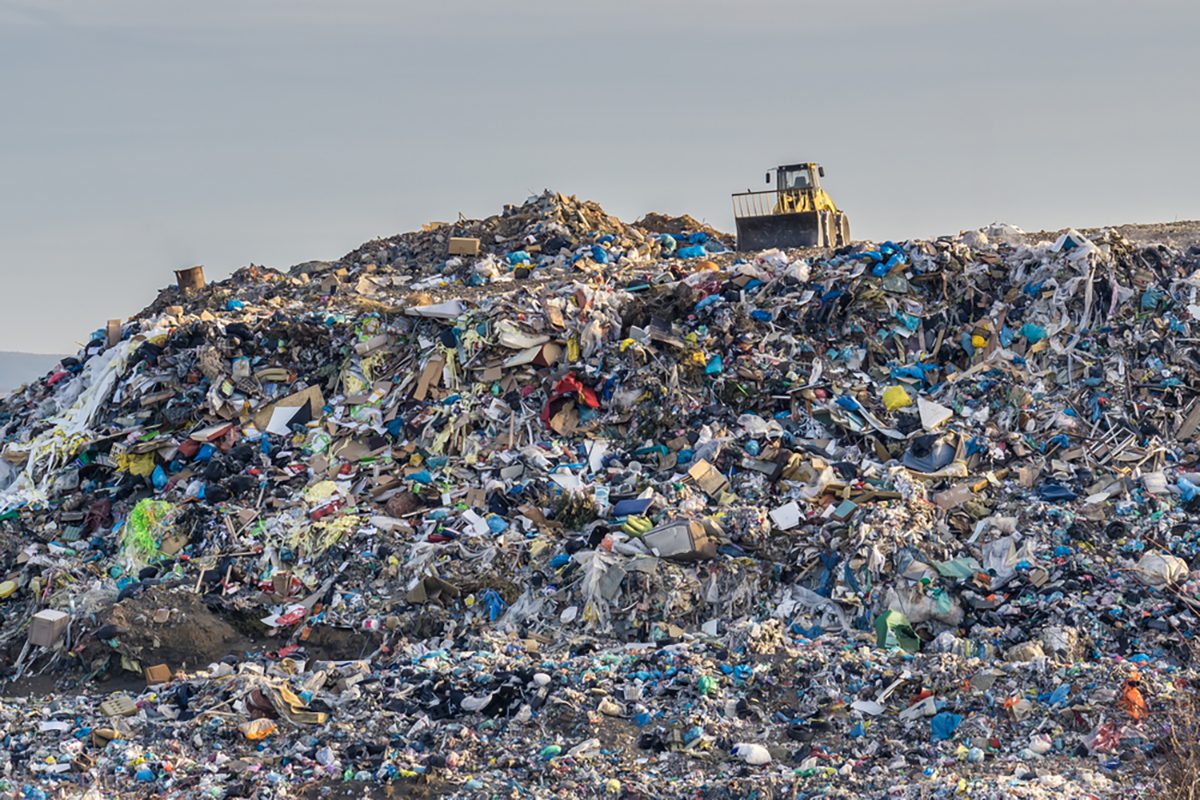

The European Waste Management Association – FEAD – hosted a conference on PFAS in the waste sector on 9 November in Rimini, at which participants discussed the impact of a potential ban.
A proposal for such a ban was submitted by several EU Member States to ECHA at the beginning of this year.
A critical review attempted to analyse the presence of PFAS in various waste streams, and was presented at the event by a team from the University of Padova, drawing on around 5,000 measurements of PFAS concentrations in waste samples. In only a very small number of cases did PFAS in waste exceed the proposed concentration limit values. The percentage excess ranged from almost 1% (in paper waste) to 8% (in textiles waste).
The results of this study have been prepared and submitted to a journal for publication in open-access form. It attempts to help policymakers, the industry, and the public to understand the impacts of the proposed restriction for the waste management sector and provide a scientifically-sound bases for regulation.
Notable or memorable quotes from the event:
Claudia Mensi, FEAD President said:
“Policy makers are very focused on products and do not consider the future waste status of those products in their regulation. The waste sector is an important part of the value chain and needs to be considered as an important stakeholder and be listened to. We need to be able to talk about this topic without any fear.”
Mattia Pellegrini, Head of Unit Waste, DG ENV European Commission, stated:
“There has been a lot of attention on PFAS these last few years. This is why it is important FEAD commissioned this study because the first and most important step is to gather data and to map where PFASs are.”
Professor Pivato, Assistant Professor, University of Padova, said:
“We took a different approach than the one from the proposal, which was made from the product perspective. We looked into the impact on the waste status of these products. Given that PFAS is an extremely widely used substance, the probability of finding them in waste is very high. At what concentration levels is the question we want to try to answer.”
Michaël Mansuy, Public Affairs Director – Waste Management, VEOLIA, stressed:
“The measures taken on PFAS need to be done at European level or we will have huge fragmentations between Member States. In addition, we need consistency because we do not want small pieces of PFAS in different regulations.”
Dr. Guido Premoli, LabAnalysis, noted:
“My concern is about the traceability of PFAS at these levels of concentration (25 ppb). Authorities should create working groups to establish official analytical methods as soon as possible.”
- SEO Powered Content & PR Distribution. Get Amplified Today.
- PlatoData.Network Vertical Generative Ai. Empower Yourself. Access Here.
- PlatoAiStream. Web3 Intelligence. Knowledge Amplified. Access Here.
- PlatoESG. Carbon, CleanTech, Energy, Environment, Solar, Waste Management. Access Here.
- PlatoHealth. Biotech and Clinical Trials Intelligence. Access Here.
- Source: https://envirotecmagazine.com/2023/11/09/feads-conference-on-pfas-in-waste-attempts-to-dispel-fear-surrounding-the-topic/



